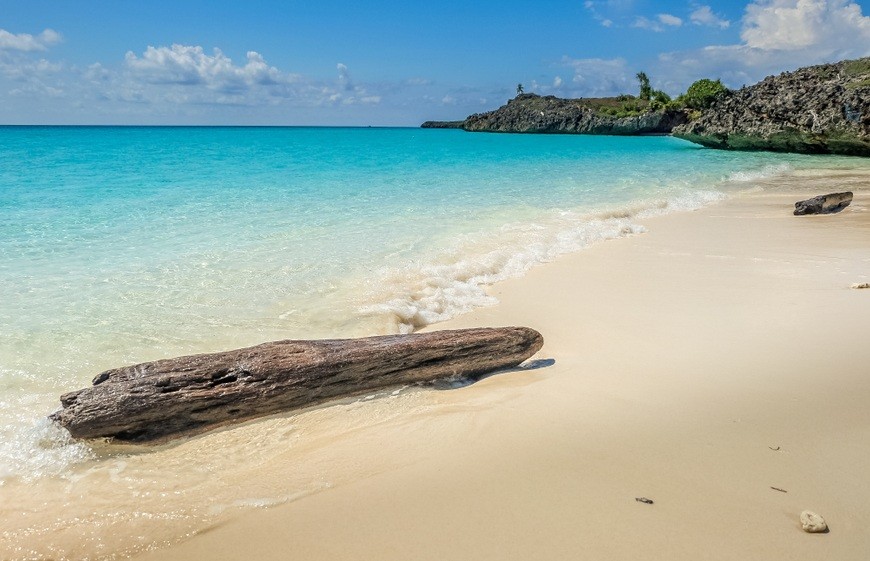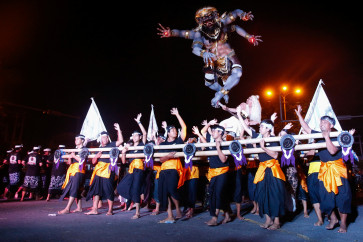Things to do when visiting Taka Bonerate national park
Travelers can opt for many different activities in and around the marine park from watching baby shark to snorkeling and diving.
Change text size
Gift Premium Articles
to Anyone
 Driftwood on a secluded beach on Bahuluang Island in South Sulawesi. (Shutterstock/File)
Driftwood on a secluded beach on Bahuluang Island in South Sulawesi. (Shutterstock/File)
T
hose who are into vacations at the sea must consider visiting Taka Bonerate National Park, Selayar islands, South Sulawesi, as recommended by kompas.com.
The national park features 220,000 hectares of atoll, said to be one of the largest in the world following Kwajalein in the Marshall Islands and Suvadiva in the Maldives.
Included in the UNESCO World Network of Biosphere Reserves, Taka Bonerate is the habitat of hundreds of fish and other biota, particularly at several diving sites.
“The current popular destination is Tinabo Island, where you can encounter baby sharks the moment you step out of your lodging,” said Asri of the Public Relations and Information Data Center at Taka Bonerate National Park on Aug. 30, during the commemoration of National Nature Conservation Day (HKAN) in Bitung, North Sulawesi.
Diving and snorkeling
A vast coral reef has made Taka Bonerate a haven for divers. In 2015, KompasTravel noted that there were 16 diving sites favored by travelers.
According to an update from Asri, the marine park now has 19 dive sites, with Tinabo Island being the most popular due its easy access and safety even for beginner divers.
Cultural tourism
Seven main islands in the national park have been inhabited for generations by the Bajo, Bugis and Selayar (Buton and Flores) tribes.
The tribes have their own attractions, which are heavily influenced by the maritime culture and Islamic teachings. Traditions that travelers may find attractive include the Bajo wedding procession and Safar bath, where locals take a dip together in the sea on the last Wednesday in the Islamic month of Safar.
Asri said the Bajo in Taka Bonerate lived on sand islands, unlike others who live on boats.
Education and research
The rich biodiversity in the national park makes it ideal as a location for education and research, particularly in the field of marine biology. Students and travelers alike can observe the ecosystem, marine creatures and the rather peculiar landscape. Apart from that, researchers and tourists can also participate in coral reef transplantation, tree planting and other educational tourist attractions.
Read also: How climate change threatens Indonesia's marine tourism
Recreational tourism
A number of activities can also be enjoyed by those who cannot swim nor dive. The activities include sunrise and sunset viewing, canoeing, as well as bird and dolphin watching. The latter, however, will require some good luck.
Travelers who want to avoid getting wet can go fishing, play beach volleyball or go on culinary adventures. (mut)






